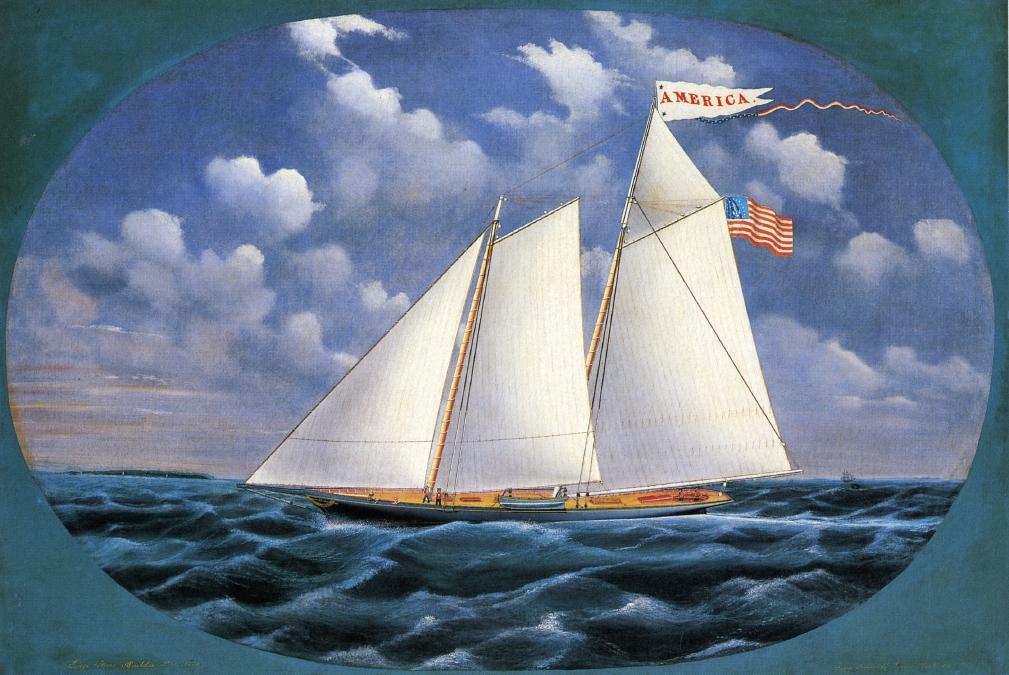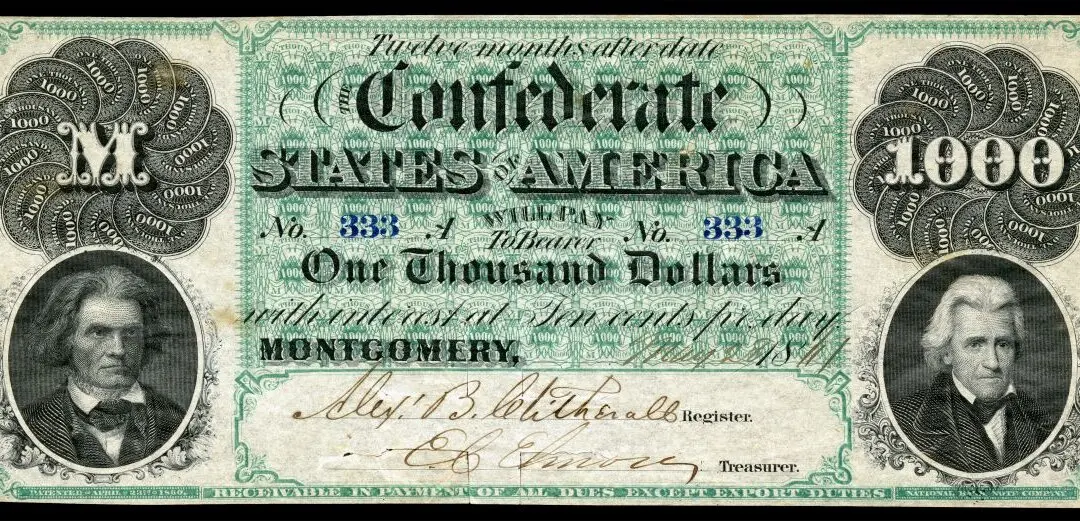On July 30, 1844, nine men sat aboard a schooner floating near Manhattan Island’s Battery. John Cox Stevens had invited eight of his friends to join him on his yacht, the Gimcrack. Stevens was an outdoorsman, a steamship and railroad promoter, and a descendant of one of New York’s most prominent families. The Stevens family had risen to prominence by their efforts and sacrifices during the American Revolution. John Cox Stevens would rise to prominence from the proposal he made on that Tuesday.
Stevens grew up on the water, sailing and steaming across the Hudson River and along the coastline of the eastern seaboard. His father, after serving as a colonel in the Continental Army, turned his attention to steamboats. He was one of the early inventors of this new method of water transportation, competing with the likes of Robert Fulton. Stevens continued his father’s business of building boats and steamships. His steamboat ferry was the world’s first to cross the Hudson to and from Hoboken. In addition to his maritime acumen, he was a successful businessman in a booming industry.






